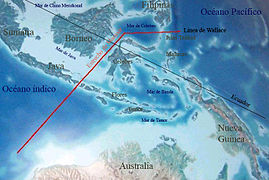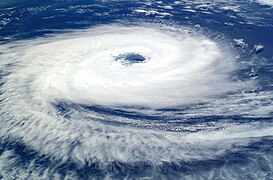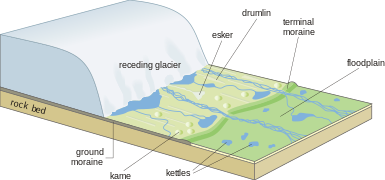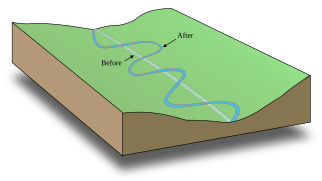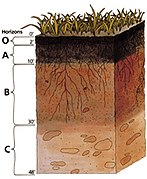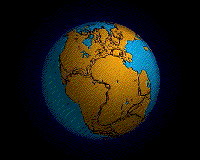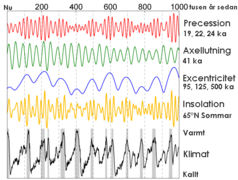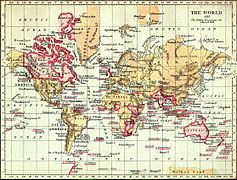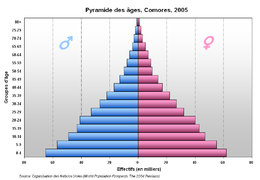The geological time scale (GTS) is a system of chronological measurement that relates stratigraphy to time, and is used by geologists, paleontologists, and other Earth scientists to describe the timing and relationships between events that have occurred throughout Earth’s history. The table of geologic time spans presented here agrees with the nomenclature, dates and standard color codes set forth by the International Commission on Stratigraphy.
Evidence from radiometric dating indicates that Earth is about 4.54 billion years old.[2][3] The geology or deep time of Earth’s past has been organized into various units according to events which took place in each period. Different spans of time on the GTS are usually delimited by changes in the composition of strata which correspond to them, indicating major geological or paleontological events, such as mass extinctions. For example, the boundary between the Cretaceous period and the Paleogene period is defined by the Cretaceous–Paleogene extinction event, which marked the demise of the non-avian dinosaurs and many other groups of life. Older time spans which predate the reliable fossil record (before the Proterozoic Eon) are defined by the absolute age.
Some other planets and moons within the Solar System have sufficiently rigid structures to have preserved records of their own histories. Most of these have a separate "Geology of PlanetName" page such as Venus, Mars, Earth's Moon with their corresponding histories. Dominantly fluid planets such as the gas giants don't really preserve their history in a comparable manner. Outside the Late Heavy Bombardment, these events probably had little direct influence on the Earth, and events on the Earth correspondingly little effect on those planets, so constructing a time scale that links these planets wouldn't make much sense, except in a whole-solar-system context. (The reality, timing, and terrestrial effects of the "Late Heavy Bombardment" is significantly debated at this time.)
Extra-solar planets are too little known for worthwhile speculation at this time.
Evidence from radiometric dating indicates that Earth is about 4.54 billion years old.[2][3] The geology or deep time of Earth’s past has been organized into various units according to events which took place in each period. Different spans of time on the GTS are usually delimited by changes in the composition of strata which correspond to them, indicating major geological or paleontological events, such as mass extinctions. For example, the boundary between the Cretaceous period and the Paleogene period is defined by the Cretaceous–Paleogene extinction event, which marked the demise of the non-avian dinosaurs and many other groups of life. Older time spans which predate the reliable fossil record (before the Proterozoic Eon) are defined by the absolute age.
Some other planets and moons within the Solar System have sufficiently rigid structures to have preserved records of their own histories. Most of these have a separate "Geology of PlanetName" page such as Venus, Mars, Earth's Moon with their corresponding histories. Dominantly fluid planets such as the gas giants don't really preserve their history in a comparable manner. Outside the Late Heavy Bombardment, these events probably had little direct influence on the Earth, and events on the Earth correspondingly little effect on those planets, so constructing a time scale that links these planets wouldn't make much sense, except in a whole-solar-system context. (The reality, timing, and terrestrial effects of the "Late Heavy Bombardment" is significantly debated at this time.)
Extra-solar planets are too little known for worthwhile speculation at this time.
